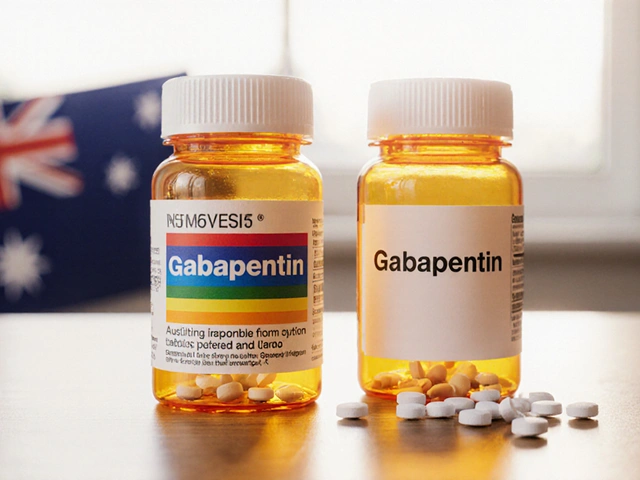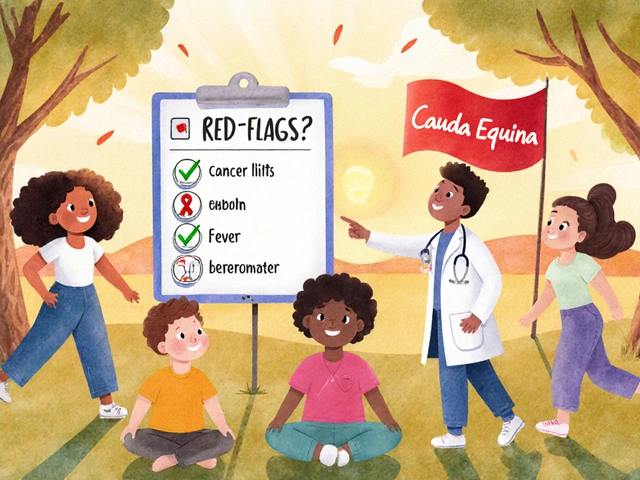Major Depressive Disorder: What to Watch For and What Helps
About 1 in 6 people will have major depressive disorder at some point. That’s not just feeling sad for a day — it’s a persistent, heavy change in mood and function that lasts weeks or months. If you’re wondering whether what you’re feeling is “normal” or something needing treatment, this page gives clear, practical steps.
How to recognize it
Major depressive disorder usually shows up as several of these for at least two weeks: low mood most of the day, loss of interest in things you used to enjoy, big changes in sleep or appetite, low energy, trouble concentrating, feeling worthless or guilty, and repeated thoughts of death or suicide. Notice if these symptoms make daily tasks hard — that’s a key sign it’s more than temporary blues.
If you or someone else is thinking about harming themselves, call emergency services or a crisis line right away. Don’t wait.
Treatment that actually helps
Treatment usually mixes medication, therapy, and practical lifestyle changes. Antidepressants like SSRIs or SNRIs are common first choices. They often need 4–6 weeks to show benefit and may require dose tweaks. If one drug doesn’t help, there are other classes (atypical antidepressants, MAOIs, or newer options) and combinations your doctor can try.
Therapy matters. Cognitive Behavioral Therapy (CBT) and Interpersonal Therapy (IPT) have the strongest evidence. Talk therapy helps you change unhelpful thinking, build coping skills, and handle relationship stress. Many people do best with both meds and therapy together.
Small daily actions make a difference. Aim for regular sleep and meals, gentle exercise like a 20–30 minute walk most days, and cutting back on alcohol or recreational drugs. These habits won’t replace treatment but they improve mood and support medication or therapy.
What about supplements or alternative treatments? Some people benefit from vitamin D, omega-3s, or light therapy, especially for seasonal patterns. Always check with your clinician before adding anything—some supplements interact with meds.
Expect ups and downs. After a first episode, many people need treatment for several months to a year to lower relapse risk. If you’ve had multiple episodes, longer maintenance treatment may be recommended. Keep a simple mood log to share with your clinician — it helps spot patterns and decide on changes.
Don’t ignore other health problems. Anxiety, chronic pain, sleep disorders, and substance use often occur with depression and can hide or worsen symptoms. Ask your doctor for a full check-up so nothing important is missed.
If you’re ready to get help, start with your primary care doctor or a mental health professional. Be honest about symptoms, sleep, alcohol use, and any medications you already take. If you feel pushed aside or your treatment isn’t working, ask for a second opinion or a referral to a psychiatrist. You deserve care that helps you function and feel like yourself again.
Need specific drug info or practical buying tips? Blueskydrugs.com has deeper articles on antidepressant options, alternatives, and safe medication use. Use those resources to prepare questions for your clinician and make treatment decisions that fit your life.




